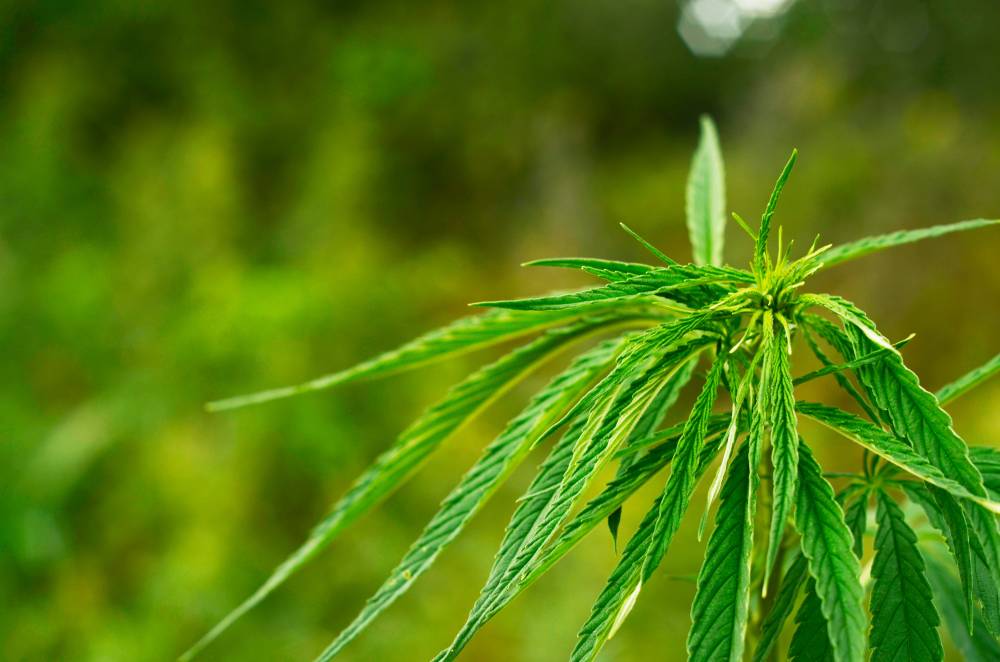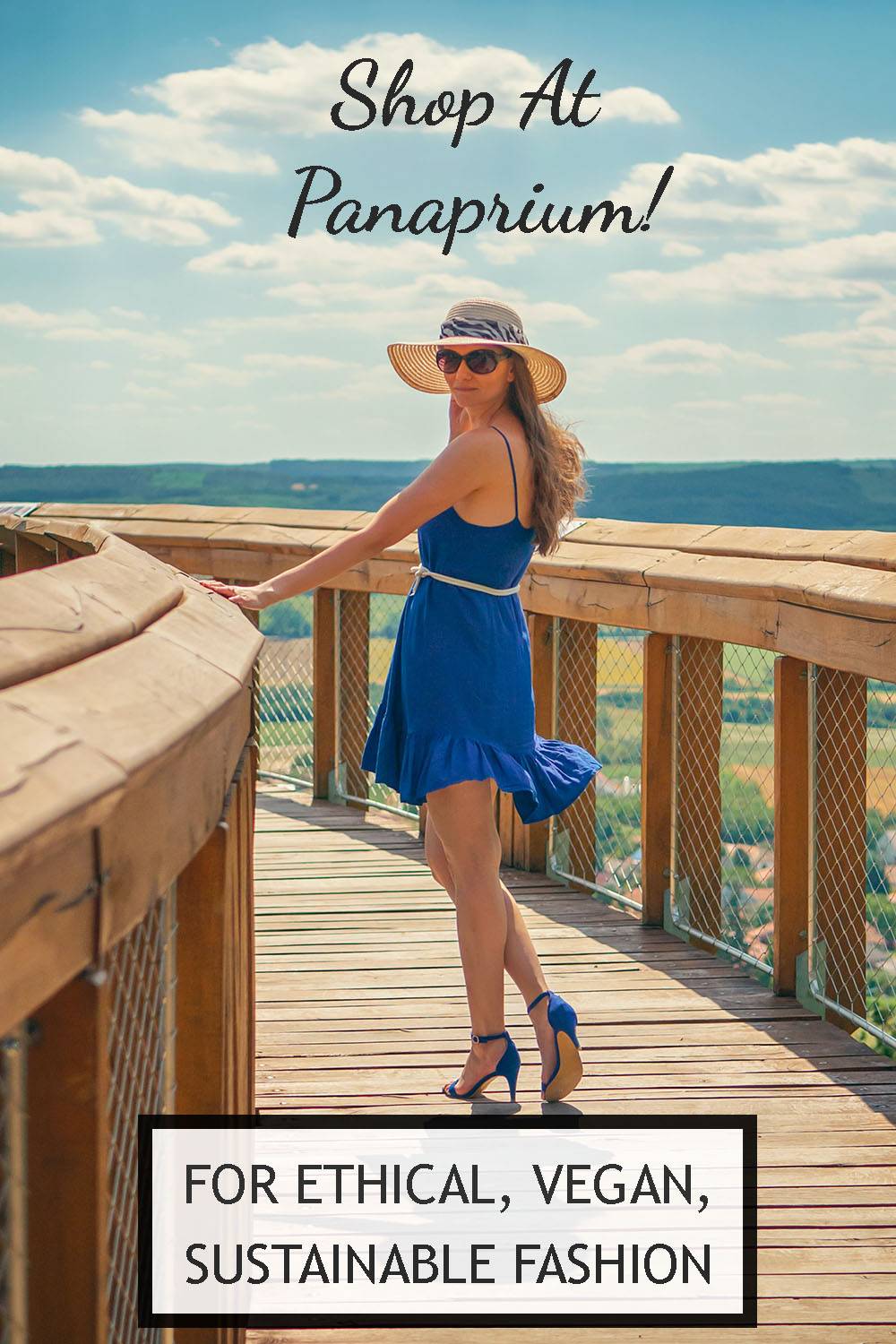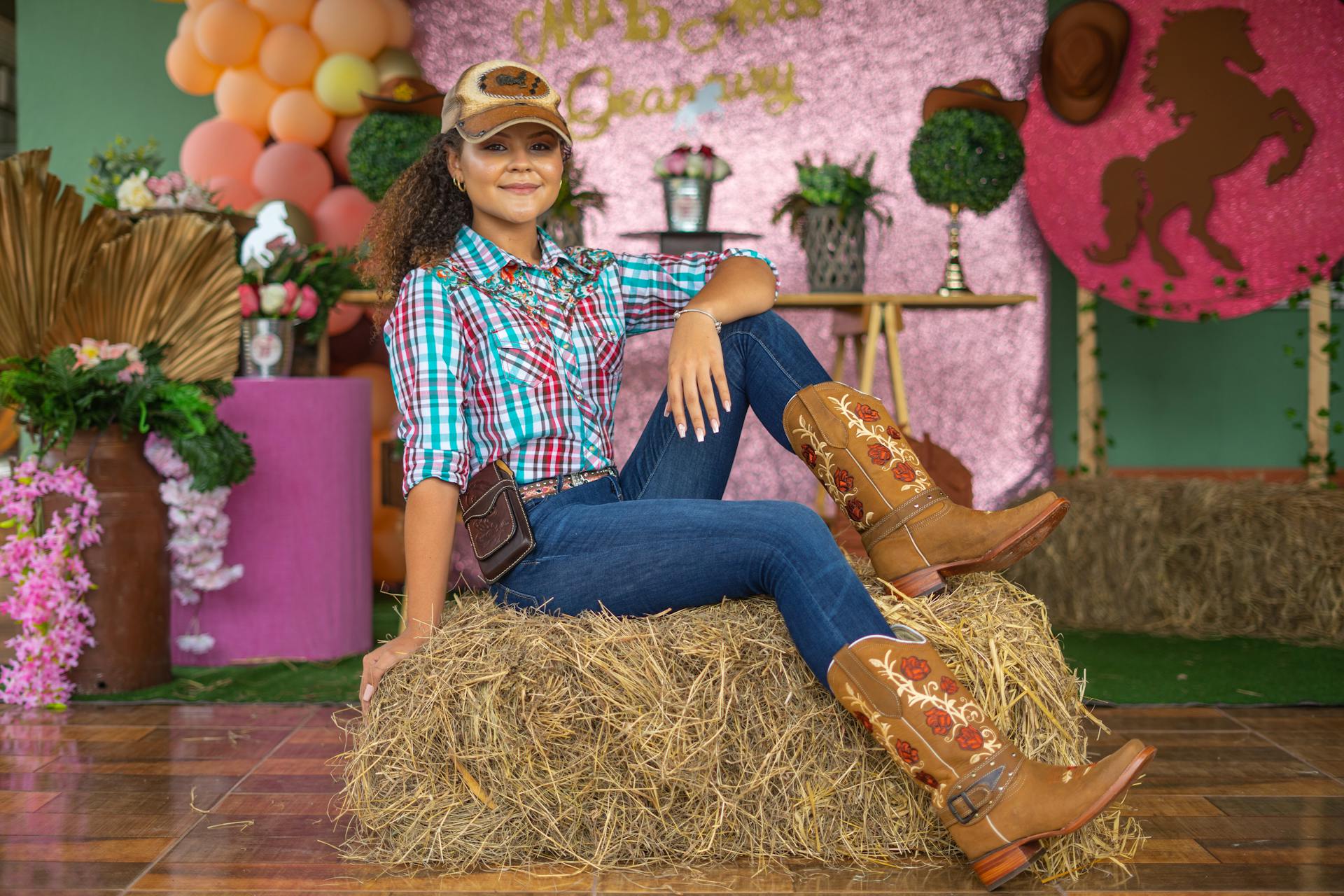
Hemp is one of the most sustainable fabrics in the world. It's made of a renewable and natural resource: hemp plants. Hemp fibers are environmentally friendly and a great choice for green fashion.
Hemp fares very well against cotton. It's much more breathable than cotton. Hemp clothes are lightweight, resistant, and anti-bacterial as well. Hemp is also one of the fastest-growing crops and has a much higher yield per acre than cotton.
Today, many fashion brands and designers choose hemp fabrics for their sustainable clothing lines to reduce the impact of their clothes on the environment and improve their quality.
Unfortunately, even if sustainability is gaining popularity in the fashion world, hemp remains a very costly fiber, much more expensive than cotton. Hemp clothes aren't accessible to most consumers.
Panaprium is proud to be 100% independent, free of any influence, and not sponsored. We carefully handpick products from brands we trust. Thank you so much for buying something through our link, as we may earn a commission that supports us.
Why choose cotton over hemp

Like hemp, linen, or jute, cotton is a natural plant fiber. It's bio-based, recyclable, and biodegradable. But natural doesn't necessarily mean environmentally friendly and sustainable.
The fashion industry uses cotton massively to create apparel and accessories much more than hemp. Cotton is widespread in the textile and apparel industry while hemp remains a niche material.
Cotton is the second most used fiber for clothing behind polyester worldwide and the first natural fiber. 30.3 million tons of cotton are produced each year globally, according to the Food and Agriculture Organization of the United Nations (FAO).
Cotton is much cheaper to produce than hemp and is readily available. It has been used to make clothes for more than 7,000 years.
Cotton has a low price because it's mass-produced globally. Most cotton has been genetically modified to increase its productivity and resist pests.
Cotton is the primary choice for natural clothes, as fiber production must triple globally by 2050 to meet the textile needs of the Earth's growing population, as reported by Cotton Incorporated.
However, regular cotton production is terrible and wasteful. It has disastrous social and environmental impacts.
Cotton farming land wildlife and marine life as it uses pesticides, herbicides, insecticides, and fertilizers that contain toxic chemicals.
Cotton farming consumes 4% of worldwide of nitrogen and phosphorous fertilizers, 16% of all insecticides, and 7% of all herbicides, as reported by the Global Fashion Agenda. But it accounts for only 2.5% of the Earth's total agricultural area.
Many international usage restrictions limit the usage of hazardous chemicals in cotton farming but agricultural use continues in many East-Asian countries.
When released untreated into the nearby environment, they pollute soils, rivers, and streams, endangering human health and ecosystems.
Certified organic cotton is much better than regular cotton and is gaining interest among conscious consumers. However, its production is expensive, time-consuming, and requires lots of labor.
Without certification standards from third-party organizations that can verify the true organic content of clothes, it's difficult to guarantee sustainable and ethical manufacturing with responsible use of resources and the least possible impact on people, animals, and the environment.
Hemp vs cotton

Hemp is a very sustainable material but its demand stays low compared to cotton. The annual production of hemp fibers was only 60,657 tons in 2018 globally, according to the FAO.
Hemp isn't very popular because the distinction between hemp and cannabis isn't very clear to most people. Industrial hemp has a much lower concentration of tetrahydrocannabinol (THC), the main active ingredient of cannabis.
However, hemp has many useful qualities for the fashion industry. It's very absorbent, lightweight, resistant, anti-bacterial, and breathable, much more than cotton.
Hemp has also a much higher yield per acre than cotton. One acre of hemp can produce two to three times more fibers than an acre of cotton.
When grown on the same land, hemp grows quicker than almost any other plant and produces 250 percent more fibers than cotton.
Hemp keeps soil fertility and requires almost no pesticides or fertilizers. Hemp plants drop leaves constantly during the growing season, replenishing the soil of nutrients.
Hemp is naturally pest resistant and protects soils from toxins and erosion. Industrial hemp production doesn't damage the environment like cotton farming does.
Hemp plants also require very little water to grow. Up to 500 liters of water are needed to produce one kilogram of hemp, of which 30 percent is suitable for fiber production, according to the Stockholm Environment Institute (SEI).
On the other hand, it takes up to 20,000 liters of water (5,000 gallons) to produce one kilogram of cotton, equivalent to a single t-shirt and pair of jeans, according to the World Wildlife Fund (WWF).
The huge irrigation water requirements of cotton create environmental and ethical concerns in many countries faced with water scarcity issues such as India. Cotton farming has also led to desertification in areas of Uzbekistan.
Hemp fabric is very strong and durable, a lot more than cotton. It holds its strength when wet, unlike cotton. Hemp not only makes great clothes and shoes but also industrial textiles, paper, bioplastics, insulation, biofuel, strong cordage, and cables.
Fashion brands and designers around the world are increasingly using hemp as they look for more durable and sustainable solutions to the issues in textile and apparel production.
Hemp is currently used to make the one of most breathable natural fabrics in the world, Herotex patented by Italian start-up Opera Campi. The fabric is made of 92 percent hemp, 4 percent lycra, and 4 percent polyester.
Herotex has record high breathability and moisture-wicking properties, 2165 g / (m2 x 24 hours) confirmed with laboratory analysis by LART. It's elastic and comfortable, odor, and bacteria-free.
Hemp has better anti-bacterial properties than any other natural fiber. It’s an amazing fiber for outdoor activities and travel. It wicks moisture away from the body, keeps body temperatures cool in hot weather, and doesn't hold any odor.
Currently, many people are realizing and reaping the numerous benefits associated with hemp. In a time of crisis due to the COVID-19 pandemic, hemp is particularly useful to make breathable and antimicrobial facemasks.
Hemp is a much better alternative to disposable plastic and cotton facemasks widespread in the market. Hemp facemasks are highly breathable and have natural antibacterial and antimicrobial functions.
Cotton gets softer and more comfortable with each consecutive wash. However, cotton fibers break down as they become extremely soft, making fabrics feel ragged and worn out after a few washes.
On the other hand, hemp fibers also become softer with each wash but keep their strength. Hemp fabrics have high endurance and tensile strength. They don't get damaged after each wash and last longer.
Was this article helpful to you? Please tell us what you liked or didn't like in the comments below.






























0 comments